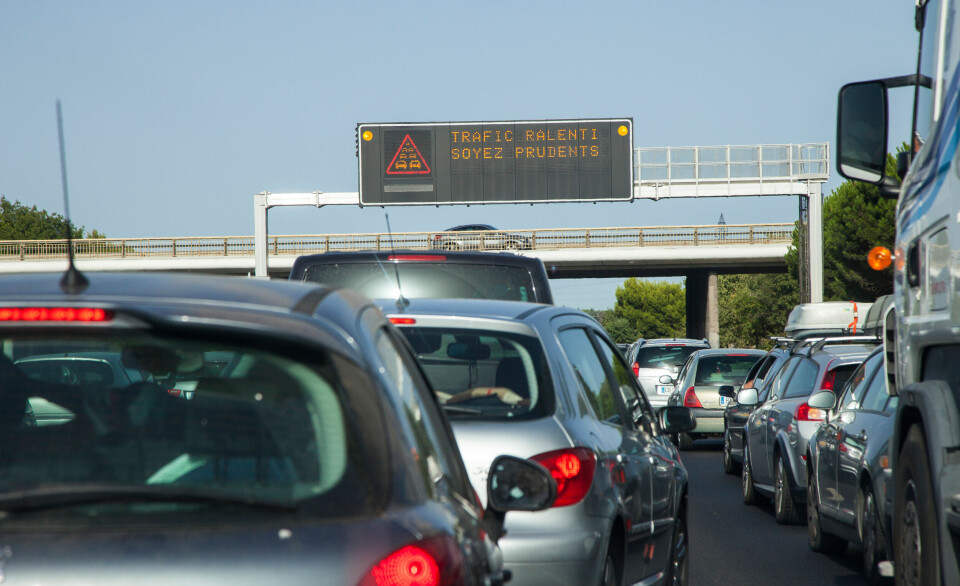-
I became a professional upholsterer after moving to France
Jo MacDonald, 59, describes how she monetised her hobby in Gers
-
France and UK edge closer on youth mobility deal
Key differences remain but partners have struck a 'warmer tone' over plans
-
Points to check before buying a property in France
Cracks, termites, electrical checks…what to look out for
Self-employed gain pension boost and sick pay bonus
Since the start of 2016, thousands of self-employed workers have been entitled to sick pay and increased pensions following a restructuring of the benefits system.

The changes are part of a wide-ranging shake-up of the Régime social des indépendants (RSI) and Urssaf social security agencies which started in 2012 and was introduced in a bid to rebuild confidence in the error-prone bureaucracy.
The changes also mean that the RSI is now able to offer help to self-employed people whose businesses have been affected by natural disasters, such as May’s floods.
Anyone starting a business under the new micro-entrepreneur system must apply to the RSI before the end of their third month in business if they want to pay the cotisations minimales. Existing auto-
entrepreneurs can apply to do so by the end of this year for application in 2017.
More than seven million self-employed workers have cover through the RSI and have been in line for improved benefits in a move aimed to cut long-term costs.
They no longer have to pay into the sick pay fund cotisation minimale maladie- maternité and increasing their payments means they now gain extra periods of cover towards their pension.
Until now, the low-paid self-employed faced social charges as if their income was 7.7% of the so-called Plafond annuel de la Sécurité Sociale [Pass] — €2,929 in 2015. Now, they pay social charges based on 11.5% of the Pass, totalling €4,441.
This means the 300,000 lowest-paid self-employed tradesmen and traders who pay the reduced-cost cotisations minimales charges will see their payments rise from €510 to €784.
However, they gain improved benefts: not just sick pay of €21 per day but an improved pension entitlement, meaning a better pension based on the number of quarters that they have worked/been credited for.
Until 2014, low-paid self-employed workers were only entitled to one quarter (a three-monthly period) of cover even if they had worked all year and were up to date with their cotisation minimale payments. In 2014, this changed so that they were credited with two quarters and, from January 1, the higher cotisation means they are credited with three quarters.
This has the benefit of helping to stop more people becoming dependent once they stop working – RSI figures show 87% of low-paid self-employed are at risk – by giving them a minimum revenue from a pension if they have no other funds.
At present auto- and micro-entrepreneurs pay social charges based on their earnings. This can be both a benefit and a penalty and if they want a minimum level of cover they can opt to pay the cotisation minimale — in effect, overpaying — to enjoy the increased benefit.
By the end of this year, self-employed workers who want to check their pension entitlement will be able to do so online at the new government site Info-retraite.fr, where a ready reckoner will estimate monthly payments.
- Any self-employed workers whose business was affected by this year’s floods can now also apply to RSI for aid from the Fonds catastrophe et intempéries – they do not need to have been in one of the areas where the catastrophe naturelle (natural disaster) cover was announced. Those affected should contact their local RSI office.
























